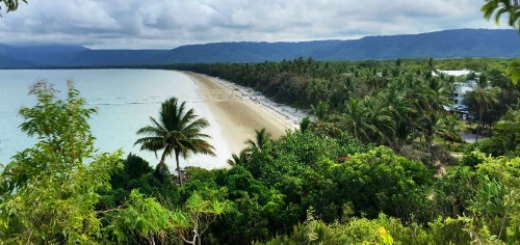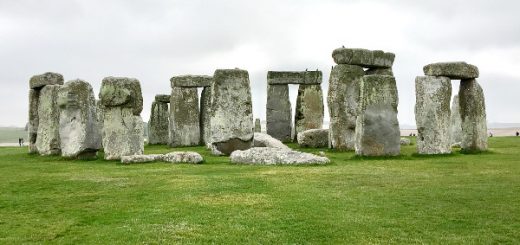Liverpool – Love Me Do!

Leaving the Lake District, we headed south to the city of Liverpool, chief city of Lancashire and home to the legendary pop group, the Beatles. But Liverpool is much more than that, historically speaking: an important, busy maritime city where both goods and people flowed in and out over centuries. So it was with great interest that we found ourselves staying a couple of nights in a hotel right on the former dock and warehouse area of Royal Albert, Dukes and Wapping Docks. Today this is a major tourist magnet with attractions such as the Maritime Museum, a Tate Gallery, a Convention Centre, an events space formerly known as the Echo Arena, and the Liverpool Wheel. Historic Grade 1 listed buildings here have been carefully restored and repurposed as hotels, restaurants and bars.

This area forms part of the UNESCO World Heritage Site of the Liverpool Maritime Mercantile City. A major venue, The National Museum of Liverpool, stands out amongst the older buildings nearby with its angular shape.
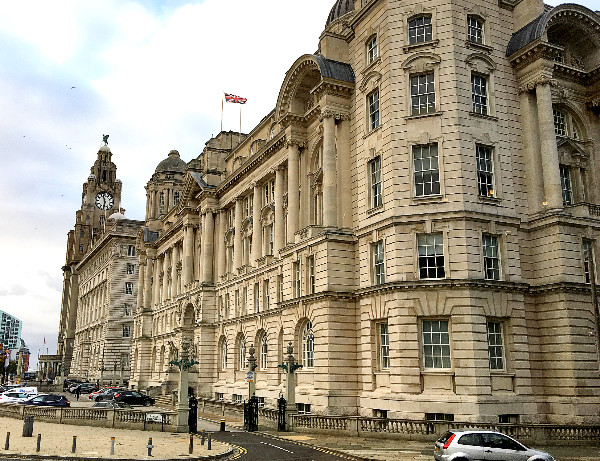
Further north to Pier Head is the trio of striking buildings known as the Three Graces. These were the headquarters of shipping in the early 20th century. The Port of Liverpool building was begun in 1907 – recognisable by its large central dome and Baroque styling. The Royal Liver Building was next, opened in 1911, as the home of the eponymous Friendly Society, still operating there today. It has a distinctive Gothic skyscraper topped with two clock towers with a statue of a Liver Bird on each. The bird has become the symbol of Liverpool. The Cunard Building was the last completed in 1917, in a mixture of Italianate and Greek revival styles. The Cunard Steamship Company is now based in Southampton.
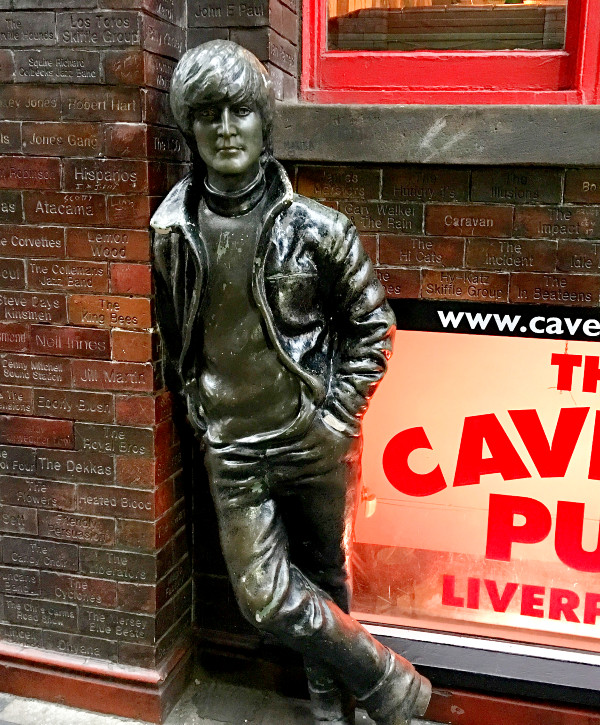
But for a teenage girl of the 60s, the name Liverpool will always bring back memories of the Beatles, the most exciting pop group ever, and the cause of a hitherto unknown psychological affliction – Beatlemania. So naturally our visit to Liverpool would have to include a homage to the Beatles with a tour of the venues associated with their origins there. The Cavern Club where members of the group first played, under the name of The Quarrymen, was originally a jazz club which opened in 1957. Not till 1961 did they play there as the Beatles. By 1963 the club was too small to hold their screaming fans, but it continued as a venue for other Mersey Beat bands. As a result of various building changes over the years, the Cavern we visited is not the entire original one. However, it incorporates as much of the original interior and its decor as possible. Outside, the statue of John Lennon is much in demand as a photo opportunity.
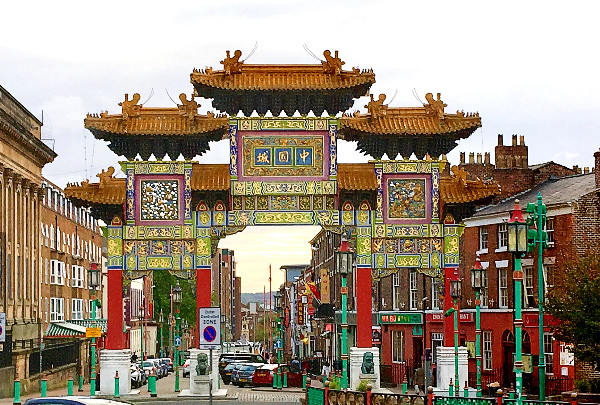
Staying two nights in the city gave us some free time to wander. The main shopping and restaurant streets are in a compact area. Liverpool is a multicultural city so it was no surprise to find it includes a large Chinatown, where we returned later for dinner.

A few streets away we came upon an enormous church – the Liverpool Anglican Cathedral, known also as the Cathedral Church of Christ. It is the largest cathedral and religious building in Britain and eighth in the world. Not surprisingly, the build which commenced in 1904, was not completed until 1978! Interestingly, it includes a Lady Chapel whose décor includes stained glass windows featuring many women, of various backgrounds and professions, who are considered to have contributed significantly to society, such as Queen Victoria, Elizabeth Barrett Browning and Elizabeth Fry.

Another Cathedral, this time the Catholic Metropolitan Cathedral of Christ the King, stands in stark contrast to the Anglican one. Amusingly referred to locally as “Paddy’s Wigwam”, it was built due to the influx of Irish immigrants during and after the Great Irish Famine. This modern version was begun in 1962, incorporating earlier elements of the earlier incomplete cathedral, such as the crypt and the Lady Chapel, the latter having been commenced in 1853.
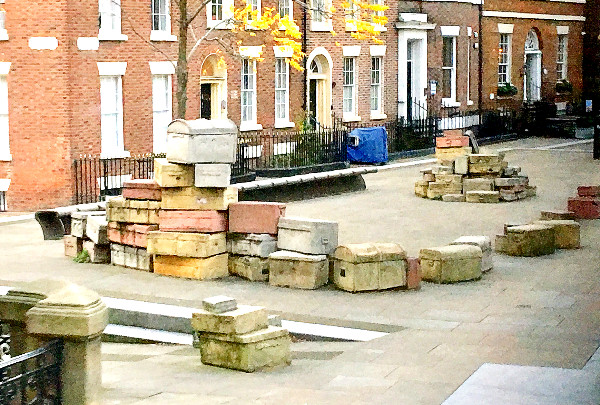
Nearby, an art installation – “A Case History” by John King, 1998 – tells the story of the arrival of immigrants from various parts of the world. Each case is tagged with the name a famous owner from the Liverpool region: social reformers, musicians, writers, and conductors. Many immigrants fled here from poverty and unemployment in Ireland, looking for a better life. Our family’s German and British ancestors also travelled here as part of their onward journey to Australia.
Liverpool’s central district is a very walkable area with lovely old buildings, restaurants, cafes, bars and markets. We really enjoyed simply walking wherever the streets led us. It had been great to be able to spend a bit more time there despite the hectic coach tour schedule. The next day was to be a long one travelling through North Wales as far as Caernarfon, via the Snowdonia National Park, so we would have an opportunity to rest up a little on the bus.









